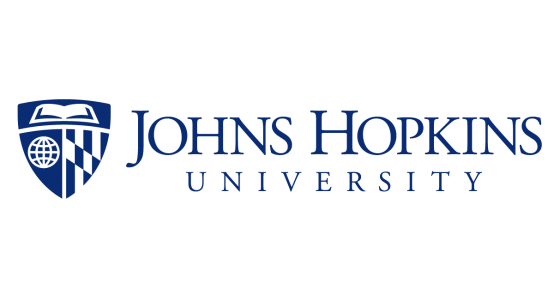Course Title:
Advanced Methods in the Elementary STEM Classroom, SOE
Summary:
Successful and empowering communication within the classroom is multifaceted as learners engage with content, their peers, and the instructor. Learner diversity affects the success of communication and perceptions for both students and instructors and depends upon attitudes, motivation, social and cultural barriers, and the curriculum as shown in Learner Communication (Huckett & Klaas, 2020). One strategy to address these issues is consistent communication of learning objectives to demonstrate relevance and alignment of activities and assessments throughout the course.

